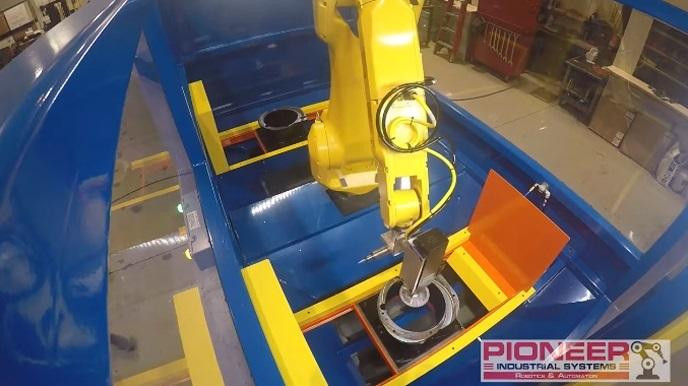One of the most important things to understand about robotics process automation (dubbed RPA for short) is that, despite what you may have heard, it isn't intended to replace human workers at all. Instead, in many of these scenarios it works alongside them, freeing up their invaluable time and attention so that they can focus on more important matters.
But to get to that point, these robotics in manufacturing environments need to get better at their jobs the more they do them. They need to fully understand the unique environments that they're placed in. A subset of artificial intelligence called machine vision is a big part of how this is possible and it's already making waves across the industry.

Why Machine Vision Matters
At its core, machine vision uses a series of different devices - from cameras to lasers to specialized lenses and more - to help robotics function at peak capability. Not only can it help people understand how effectively (or not) these robotics solutions are functioning, but it can also help with processes like inspection and overall automation as well.
Take manufacturing robotics tire equipment, for example. Through sophisticated automation, robotics can be used to change the tires on a vehicle faster than a human ever could. But each make and model will naturally have its own unique quirks, so machine vision can help those robots become more precise (and thus, more effective) as they work.
In a manufacturing environment, this type of machine vision can also help with critical tasks like equipment inspections. Up until now, most inspections have been handled by trained employees who spend the majority of their day doing so. They conduct a thorough visual inspection in search of issues, at which point they are then addressed. This process is important, but it also takes up a tremendous amount of time.
With robotics process automation and machine vision, however, all of this changes. Not only can inspections be done faster than ever before, but they can also be completed more thoroughly. A specially designed robot can get into places that a human never could, like inside the equipment for example. A human would be forced to contend with information from the exterior of the machine that was obtained visually. A robot has no such limitations. Then, that human employee would have more time in the day to focus on matters that truly need their attention.
There's a reason why people are calling this level of automation the "way of the future" in the manufacturing context. It legitimately makes things better - not just for large corporations, but for the countless hardworking men and women that they employ.
If you'd like to find out more information about the critical nature of machine vision technology as it relates to manufacturing robotics integration, or if you just have any additional questions you'd like to talk to a professional about in more detail, please contact the team at Pioneer Industrial today.
Source URL :- https://seafiremedia.com/the-importance-of-machine-vision-in-manufacturing-robotics-integration/




Comments